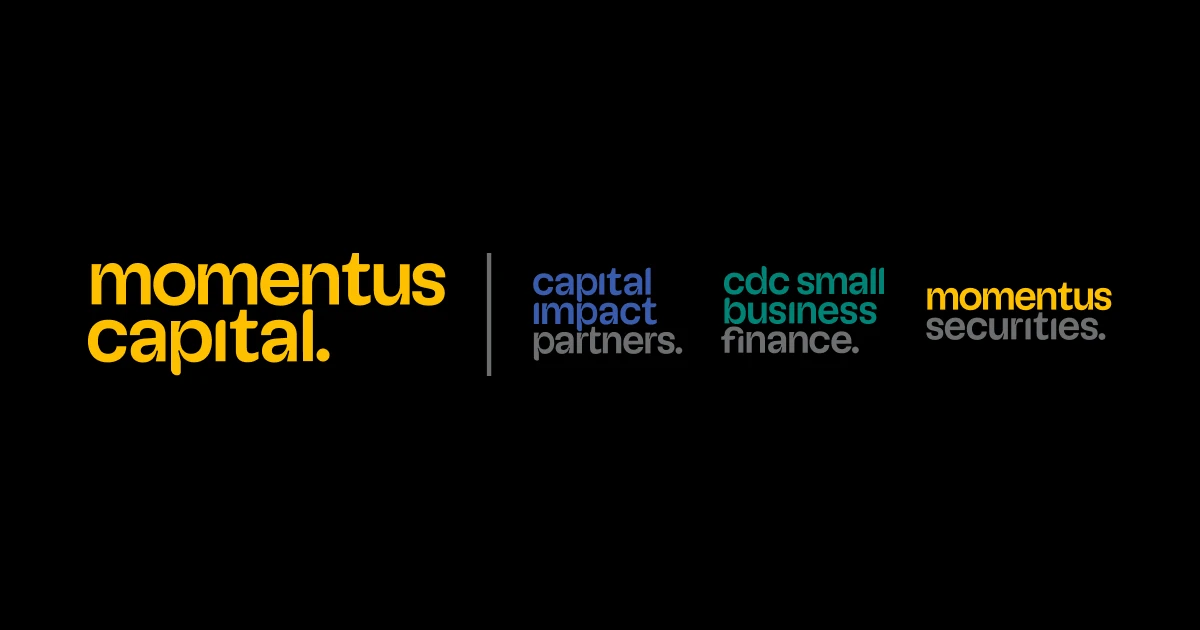SMALL BUSINESS OWNERS: ASK YOURSELF THESE 5 ESSENTIAL FINANCIAL PLANNING QUESTIONS TO ENSURE YOU’RE ON THE RIGHT TRACK
October 4, 2018 | Small Business Loans
Handling it all may seem insurmountable. But with the right financial planning and experts on your side, you’ll be able to stay on top of your short-term and long-term priorities. This includes everything from the day-to-day management of your business to your well-deserved retirement.
CDC Small Business Finance is not only a leading U.S. small business lender and nonprofit. We also provide trusted financial counseling to qualified borrowers before, during and after their business loans are funded. Here’s what our team of business advisors and outside experts recommend you track to ensure you’re on the right financial trajectory.
1) AM I KEEPING OVERHEAD EXPENSES LOW?

Here’s a great example of how making smart financial planning now in the everyday handling of your business can help you reach your long-term goals.
For any organization, keeping your overhead expenses as low as possible is critical to its success, said senior CDC business advisor Eddie Landeros. What are overhead expenses? It’s anything related to operations, including office rental space, worker’s salaries, office supplies, insurance, among many other items.
“They should be a top priority when defining a business concept or operating an existing business,” said Landeros, who holds an MBA and teaches business at the college level.
By keeping these costs low now — which is within your control — you’ll be better positioned to handle potential catastrophes down the line, from economic downturns to the loss of an anchor client.
“Anything can happen,” Landeros said.
Get into the habit of asking yourself questions like these:
- Do I need that many people working in the office or out in the field?
- Am I over-insured?
- Do I need to lease space in an expensive part of downtown?
2) HOW DO I KNOW IF MY BUSINESS IS PROFITABLE?

One surefire way to figure out if you’re business is financially fit is by knowing exactly what’s coming in, going out, and at what point you’ll break even, said Chuck Sinks, head of CDC’s business advising team.
Here’s precisely how to figure that out:
- First, calculate your monthly operating expenses. (We covered this in the first section.)
- Then, crunch your gross profit margin. Don’t let this term intimidate you. To get this number, simply subtract your cost of goods sold from your total revenue, and dividing that number by the total revenue. (More on how to do that here.)
- Last, divide monthly operating expenses by your gross profit margin. This will give you an important benchmark — the revenue/sales your business needs to generate to break even.
Here’s a hypothetical example to help illustrate why this figure is so important:
Monthly operating expenses = $17,450
Gross Profit Margin = 48.5 percent
$17,450 / 0.485 = $35,979
This means, in order for this business to break even for the month, the owner must generate $35,979 in revenue/sales.
So what if it’s the 15th of the month and your company has only done $12,000 in sales? “Then you instantly know you are behind for the month and need to turn on the marketing and sales machine to rev up sales for the second half of the month to break even,” Sinks said.
3) AM I MAKING MAJOR BUSINESS PURCHASES WISELY?
Before you whip out your business credit card or checkbook to make a major purchase for your business, always consider if you’re bringing on an asset or a liability. Tracking both is essential in knowing where your business stands financially.
In business, assets can include items you can touch such as an office building and vehicles to non-tangible ones including trademarks and copyrights. In a nutshell, these represent resources that hold economic value for you and your business, helping your operations humming along.
Liabilities, on the other hand, are debts and obligations that you’ve promised to repay over a period of time. These include loans and accounts payable.
Related: Starting a home-based business? Ask these questions before launching
Before agreeing to any major business purchase, do your due diligence and determine the return on investment, or ROI, said Ray Hivoral, a serial entrepreneur and CDC business advisor. You can do this by comparing the expected benefits of the purchase with the costs.
There are many ways to calculate ROI. A common method is to divide net profit by total assets. (For more on how to do this, check out this helpful how-to from Bplans, a trusted partner of CDC Small Business Finance.)
4) HAVE I TOUCHED BASE WITH A TAX EXPERT?

Financial planning, to the chagrin of many, involves knowing how tax codes impact your business. For business owners, these regulations can be notoriously difficult to track and understand. One relatively easy fix is to simply leave it to the experts.
If you’re unsure about what you can deduct as a business expense to ease your tax burden or how much you’re expected to owe the IRS in the coming year – then it’s time to consult a tax professional.
Here’s another reason it’s wise to call up a CPA or tax attorney: Tax requirements vary by small business’ legal structure. What does that mean? Businesses can be classified as sole proprietorships, S corporations, or LLCs. And each type of business must follow different tax rules.
5) AM I ON TRACK TO RETIRE?

With retirement in general, it’s crucial to start saving as early as you can. If you haven’t already, sit down by yourself or with a financial planning professional to determine how much you can afford to put aside in a retirement account every month. Also, establish some key goals by asking yourself: When do I hope to retire? What type of lifestyle do I want to lead at retirement?
Related: Check out this retirement calculator for small business owners
Once you’ve figured this out, commit to putting away that amount every month into a retirement plan that can meet your needs.
As a business owner, you should also plan for unfortunate ‘what ifs.’ In the event you have to leave your position, do you know who would succeed you? Do you have a will or family trust inplace in the event of death?
Do you need help growing your business? The experienced loan experts at CDC Small Business Finance are here to help you meet your goals. For qualified borrowers who need some financial guidance, we can connect you to our business advising team to help you get loan-ready – for free.
Tell our loan experts about your business, and they’ll work to match you with a financing plan that best suits you. Let’s talk! Reach us at loaninfo@cdcloans.com or (619) 243-8667.
In case you missed it:



